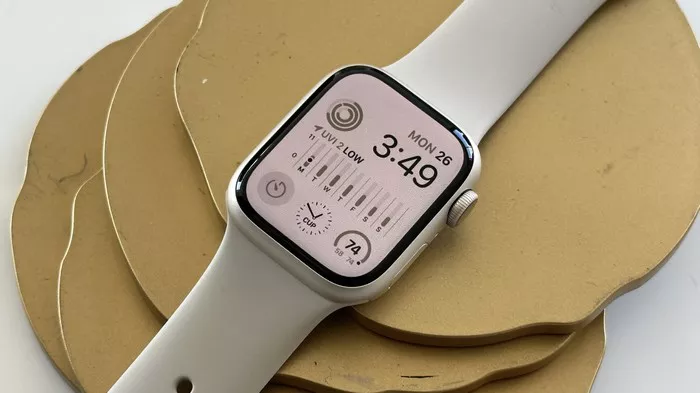Singapore’s DBS Bank has extended its mobile payment platform, DBS Paylah, to the Apple Watch, the bank announced today. Originally launched for iOS and Android devices, DBS Paylah allows account holders to link their bank accounts, add funds to a mobile wallet, and make various types of payments, including online transactions, purchases with selected merchants, donations, and peer-to-peer micro-payments.
As of July 1st, DBS has confirmed that the Apple Watch version of Paylah acts as an extension of the existing iPhone app. Users are not required to download a separate application for their Watch; instead, they only need to update their existing mobile app, which will sync with the wearable via Bluetooth.
Currently, the Apple Watch integration allows users to receive transaction notifications, such as confirmations of successful payments, and to check their available balance directly from their wrist. DBS has indicated that future updates will include the ability to send money and approve fund requests using the Watch.
Security remains a priority, with the Paylah app on the phone requiring users to log in with a six-digit alphanumeric password at least once before enabling the Watch features. The iPhone and Watch must be in close proximity and connected via Bluetooth to access the app’s functions on the wearable. For iPhone 5s users and later models, the app also supports TouchID login. By default, the transaction limit is set at S$999 (approximately US$739), though users can modify this limit as needed.
The mobile payments landscape in Singapore has seen significant growth over the past year and a half, with notable players like Singtel and Standard Chartered’s Dash app and Mastercard’s Masterpass entering the market. Local startups, such as 2C2P and Matchmove—backed by Japanese financial services firm Credit Saison—are also making strides in this space.
DBS Paylah was first introduced in 2014 for iOS and Android. However, the bank has not disclosed specific usage metrics in Singapore. On the Google Play Store, the app’s installations fall within the 100,000 to 500,000 range, although this broad estimate does not provide clear insights into active user numbers or transaction volumes.

